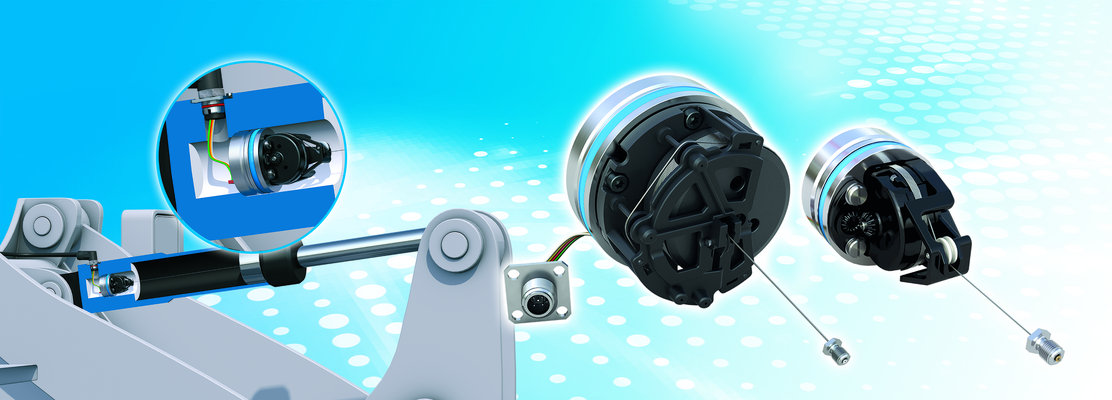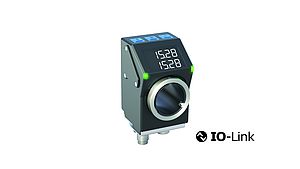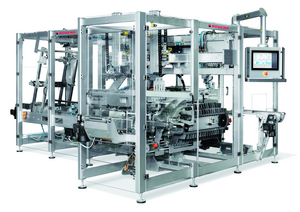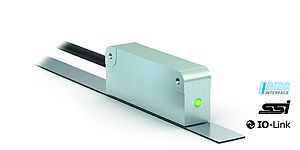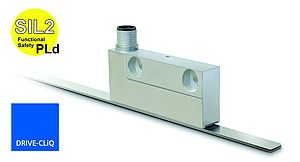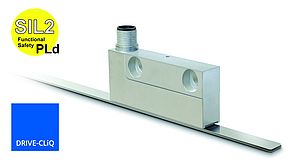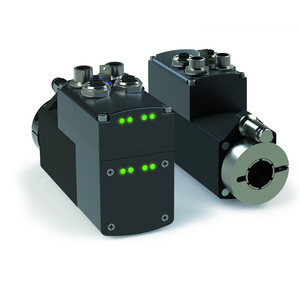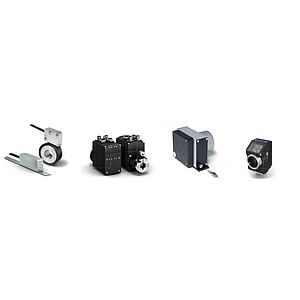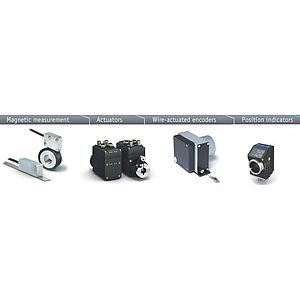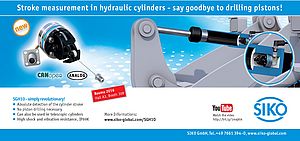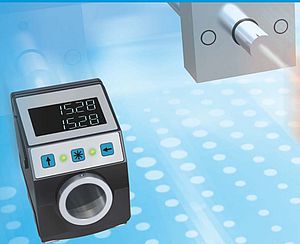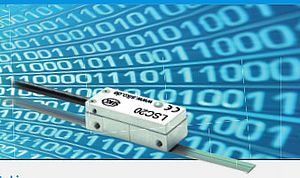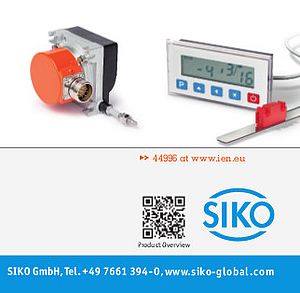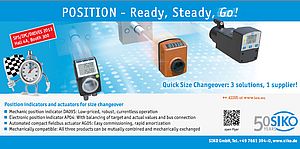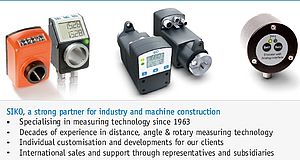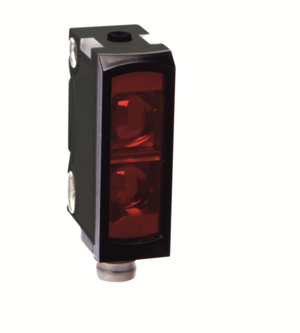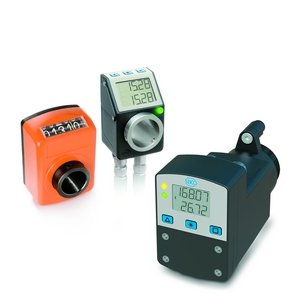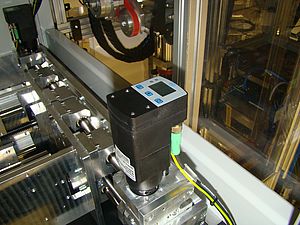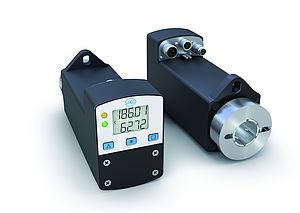In summary: What is special about SGH technology?
M. Roth: With the wire-actuated encoders of the SGH series, Siko is currently the only metrology specialist to have a worldwide exclusive technology for measuring the position of hydraulic cylinders, telescopic cylinders or piston accumulators. Wire-actuated encoder-based SGH sensors can be fully integrated into cylinders. The advanced, cable-based concept of the SGH sensors we have developed provides additional benefits which comparable products cannot offer. For example, our SGH sensors cover a very wide range of applications as well as entire measuring ranges. SGH technology also excels with regard to immunity against shock and vibration. It ensures absolute best values in this area. The cable-based functional principle also makes SGH sensors the only integrated position sensors in the world which can also be used in telescopic cylinders.
How should we view the development of SGH technology?
M. Roth: SIKO benefits from 30 years of wire-actuated encoder know-how in terms of development, design, and production. Of course, our development, product design, and ultimately the customer also benefit from this knowledge. Like the SGH10, which measures zero-to-one-meter measurement lengths, our latest generation of wire-actuated encoder generators, the SGH25 and the SGH50, which can now also measure larger ranges from zero to 2.5 meters and from zero to five meters, have been completely developed at SIKO. Wire-actuated encoders are therefore our core competence. In this respect, it is not surprising that the entire design of the components is done in-house. In other words, we specify parameters such as the correlation of forces, the spring characteristic curve or the number of revolutions depending on the respective product. This makes our SGH sensors extremely robust and durable. Both electronically and mechanically, they are designed and tested for the entire service life of the cylinder. The service life thus meets the quality requirements that have been posed to us by the market. And that is the most important criterion for us.
What challenges were faced in developing the technology?
M. Roth: Sensor solutions intended for hydraulic cylinders must fulfill a central requirement: they should not affect the length of a cylinder. In other words, by installing such a sensor, the length of the cylinder should ideally not increase or be minimal. To fulfil this requirement, we use an innovative functional principle that achieves a hitherto unknown compactness. SGH stroke measurement technology takes a completely different approach than other market-based measurement systems that use bar-based, inductive, or reverberation-based technology. To record the stroke or movement speed, SIKO’s SGH systems use flexible cable pull mechanics installed directly in the cylinder.
How exactly does it work?
M. Roth: The cable of the cable mechanism is fastened in the piston head. When the cylinder extends the cable, which is wound on a cable drum, gets pulled out. The drum turns, creating a rotation. This rotational movement is detected by the sensor electronics and converted into a linear position value. This makes it possible to detect the position of the cylinder precisely and completely at all times. Electronics, mechanics, and sensors are completely installed within the cylinder and therefore optimally protected against external environmental influences. This is a clear advantage over cylinder-external sensors, because in this way the entire sensor system cannot be damaged, negatively influenced by environmental influences or even destroyed. For this reason, the SGH series has protection class IP69K.
What does protection class IP69K mean?
M. Roth: Protection class IP69K guarantees the highest possible protection against external influences which could jeopardize the functioning or the operation of the SGH system. This includes, for example, substances such as water, dirt or dust. The requirements of this protection class are so high that the mechanics and electronics of an SGH wire-actuated encoder must withstand the force of a high-pressure water jet without liquid or other substances being able to penetrate into the interior of the sensor. All SGH sensors therefore use our KV1H connector systems to achieve these levels of protection.
What about electromagnetic compatibility (EMC)?
M. Roth: This is an important aspect. Because in mobile machines the sensors are supplied via the vehicle electrical system and they, unlike in the case of stationary machines, are subject to significant fluctuations and other external EMC influences, they must have very high electromagnetic compatibility. It protects against voltage surges, unexpected discharging or overcharging, which could be caused by external voltage pulses, to which these machines are exposed. Therefore, these applications require an extremely high degree of EMC which is one hundred percent legally compliant and protects against malfunction and machine downtime.



